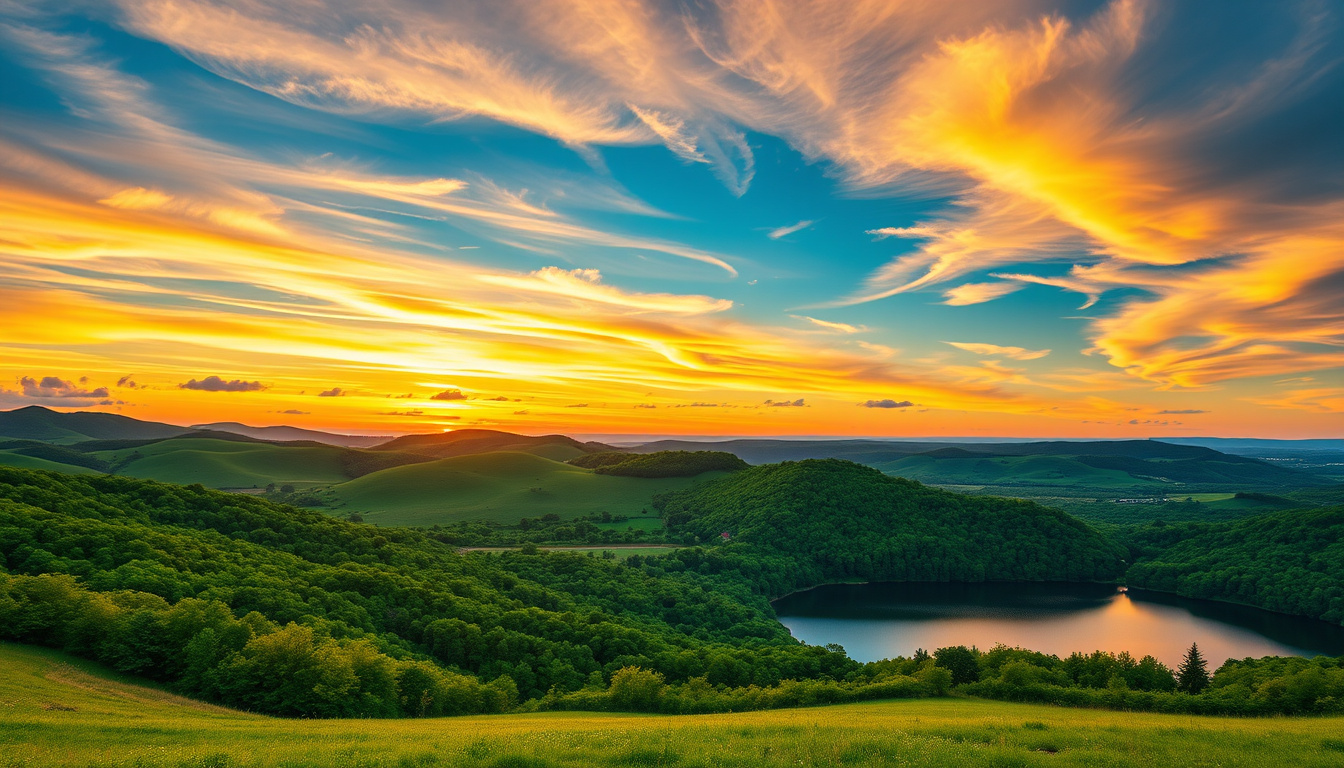In the realm of architecture and design, landscape renderings serve as a vital bridge between conceptual ideas and tangible reality. These artistic visualizations offer a glimpse into the potential beauty and functionality of a space. Whether you’re an architect, a landscape designer, or a homeowner with a vision, understanding landscape renderings can help you turn your creative aspirations into impressive realities. This article delves deep into the definition and importance of landscape renderings, explores cutting-edge techniques and tools used for creation, and provides insights on how to effectively present these renderings to truly showcase your vision.

Key Takeaways
- Landscape renderings visually represent design concepts, making them crucial for project planning.
- Utilizing advanced software and techniques can enhance the quality of landscape renderings.
- Understanding spatial relationships and color theory is key to creating compelling visuals.
- Effective presentation techniques can bring your landscape renderings to life for clients and stakeholders.
- Highlighting your creative process can help communicate your vision more clearly.
Understanding Landscape Renderings: Definition and Importance
Landscape renderings are detailed visual representations of outdoor spaces that capture the design, aesthetics, and functionality of a proposed landscape. These illustrations can include a variety of elements such as gardens, parks, pathways, and recreational areas, often incorporating trees, plants, and hardscapes like patios and walkways. The importance of landscape renderings lies in their ability to communicate a designer’s vision to clients, stakeholders, and the community, making it easier for them to visualize the end product before any physical work begins. Furthermore, these renderings can be crucial in the planning and approval processes, as they help convey concepts and ideas clearly, ensuring that all parties have a shared understanding of the intended design. In an age where visuals dominate communication, investing in high-quality landscape renderings not only enhances presentations but also significantly supports landscape architects and designers in their project strategies.
Techniques and Tools for Creating Stunning Landscape Renderings
Creating stunning landscape renderings requires a blend of artistic insight, technical skill, and the right tools. One of the most effective techniques is to start with a solid base drawing, where you carefully plan the layout and perspective of the scene. Utilizing software such as SketchUp or AutoCAD can streamline this process, allowing for precise measurements and easy modifications. Once the foundation is established, artists can enhance their renderings by employing digital painting techniques in software like Adobe Photoshop or Corel Painter. Furthermore, incorporating realistic textures and materials is essential; using 3D rendering software such as Lumion or V-Ray can dramatically improve the visual depth and realism of the landscape renderings. Adding atmospheric effects such as lighting and shadows can also create mood and highlight key features of the landscape. By combining these techniques and tools effectively, you can produce breathtaking landscape renderings that captivate and inspire your audience.
‘The greatest landscapes are not just places, but expressions of vision that inspire the soul.’

Showcasing Your Vision: How to Effectively Present Landscape Renderings
When it comes to showcasing your vision for a project, effective presentation of landscape renderings is paramount. These visual tools not only communicate your design ideas but also evoke the atmosphere and aesthetic potential of your landscape project. To ensure your landscape renderings leave a lasting impression, consider the following strategies. First, use high-resolution images that capture the minute details of your design, allowing potential clients or stakeholders to immerse themselves in the envisioned space. Next, complement your renderings with informative annotations that explain the choice of materials, plants, and overall design philosophy. Additionally, utilizing virtual reality or augmented reality can provide an interactive experience, enabling viewers to explore the landscape from various angles. By presenting your landscape renderings with clarity and creativity, you can effectively convey your vision and excite your audience about the possibilities.
Moose Realty
Mustafa “Moose” Aslamzada | Real Estate Agent
Royal LePage Signature Realty
[color=rgb(71, 71, 71)]30 Eglinton Ave W Suite 201, Mississauga, ON L5R 3E7[/color]
📞 647-988-7325 | ✉️ moose.a@royallepage.ca
🌐 www.MooseRealty.ca
Connect with Us
Facebook | Twitter | LinkedIn | Instagram
